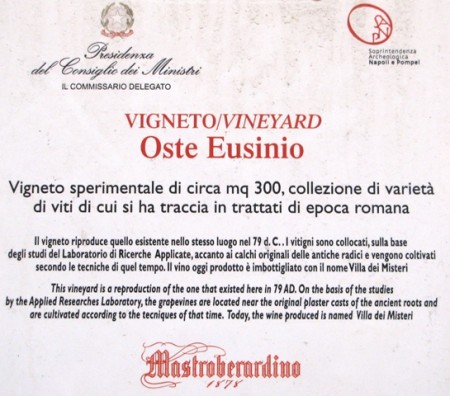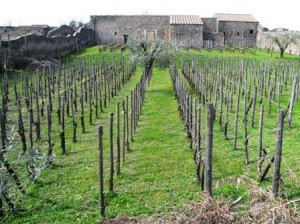Sometimes disparate things demand to be linked together, no matter how tenuously. So this morning, I see first that the G8 countries are following up on their 2012 promise to build a New Alliance for Food Security and Nutrition by holding a conference at the end of April on Open Data for Agriculture. The intention is to build a “global platform to make reliable agricultural and related information available to African farmers, researchers and policymakers, taking into account existing agricultural data systems”. And fine though that is, I can’t help feeling that helping African and other farmers to gather and share their own data might actually make a bigger contribution to food and nutrition security.
Then, it turns out that Howard Buffett’s foundation is supporting two ventures that promote food security in Africa (and elsewhere) a little more directly. First, there’s a spread in excess of 550 ha in Cochise County Arizona, where researchers can try ideas in an environment rather like the one that many African farmers endure.
The Cochise property focuses on farming as it’s done in Africa, where animals pull plows and most seeding is by hand. Two oxen will test equipment that will be used in different parts of the world. Researchers also use the oxen as they try to develop a new system to plant seeds at the same time the animals plow the land.
And Arizona isn’t the only place where Buffett is keen on draft animals. He also supports Tillers International, which teaches farmers around the world to use draft animals.
“What we’re doing now is conservation farming, an effort to provide more tools to deal with climate change,” [Dick] Roosenberg [Executive Director of Tillers International] said. “To me, the most exciting thing is the people we pick up from farms who are bright but not formerly educated and we put tools in their hands that allow them to do amazing things.”
“We see what someone is doing in South Africa and move it to Uganda, or Madagascar to Haiti,” he said. “We’re bouncing around the world as a catalyst.”
Conclusion: Sure it is good to have big governmental conferences to promote open data for agriculture. But would it hurt to do more in the way of actually working with farmers to improve their techniques and share successful approaches?

